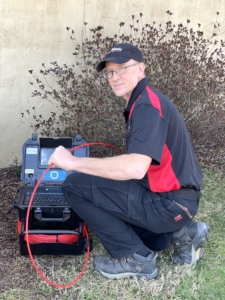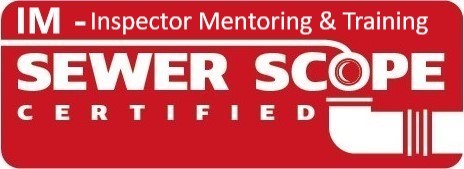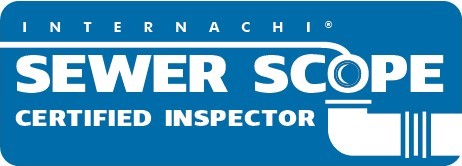Roots crawl into tiny openings and expand in the sewer line, latching on to other debris, such as grease or eggshell waste from garbage disposals. This typically causes backups. Chemicals can sometimes kill the tree’s roots, but the pipe itself might be damaged and require excavation to fix the problem and that is the most common problem when sewer scoping is a root cracking a pipe.
Roots creeping into joints, or tiny holes in the pipes, and then growing into the pipes, breaking them apart as they grow larger. Settling of the earth around the pipes, or increased pressure from soils above pipes can unseat joints, as the pipe sections are shifting and settling in the earth. This earth movement causes the joints to come out of alignment, or separate entirely. Water erosion over time can erode the bottom section of pipes entirely, commonly called a “belly,” where there literally is no pipe structure left on the bottom of the pipe bed, and sewage is seeping out into the ground around the pipe. Sometimes we see a buildup of sediment or minerals in a line, which can cause constricted water flow or complete blockage.
Undetected leaks can occur underneath your home. leaking sewage can lead to home settlement and bad odors. A functioning sewer line may have problems that do not currently affect the performance of the line, but might cause a future problem.




